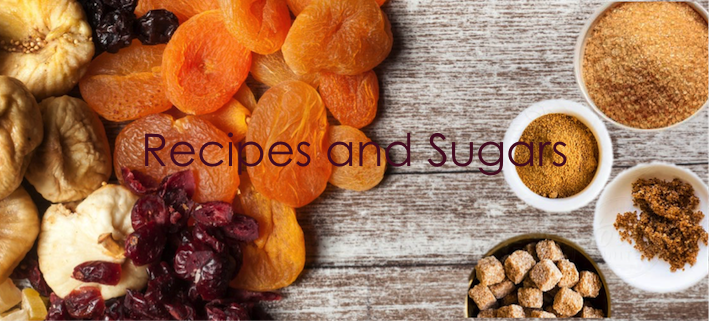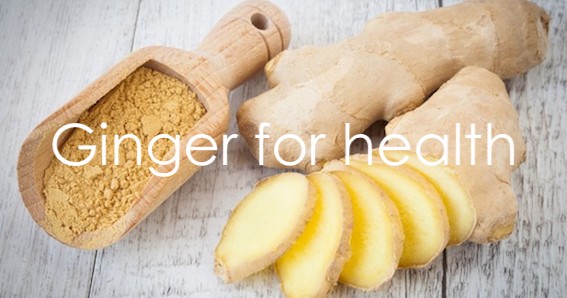For the past two weeks Scott and I have been on holidays with friends. It was a lovely break, full of fun, food, fresh air and sunshine, with no housework or cooking.
We went for a cruise around New Zealand. Our stops included some lovely seaside towns where we walked many kilometres. Both of us are fans of the ‘Lord of the Rings’ movies, so we also went on some movie tours. Visiting filming locations and the special effects studio, which were amazing!
We treated ourselves to a few lovely New Zealand ice creams along the way.
The challenge,
Cruising also includes great entertainment with plenty of fabulous food and indulgent drinks. It can be quite a challenge for some to limit their intake, as there is so much choice on offer. We worked out that there was food on offer for almost 20 hours each day.
As with most holidays, it is a time of relaxation, so it is difficult to find the motivation to maintain some type of fitness or exercise routine.
Scott and I decided that one way to keep up some form of exercise was to always use the stairs. As our room was located on level 5 and many times we were going to level 14, we climbed many stairs. 140 each time, to be exact.
Many of my regular readers are aware that Scott and I decided some time ago to adopt a healthier lifestyle. We decided to do this by eating more whole foods and reducing our exposure to chemicals. Always with the 85 to 90% rule in mind, this allows a small allowance for treats and occasional eating out.
We definitely used up our 15% of excess!
On a cruise it is difficult to avoid chemical exposure, especially with the hand sanitiser you are expected to use before entering any restaurant. The food is also plentiful and very tasty, so there was quite a digression from our usual diet. That is, however, what holidays are all about.
The plan moving forward,
With the return to our normal routine, it’s time to “pay the tax” so to speak and detox. For us that means a mostly plant based diet with no alcohol. Increasing our daily exercise will also help to burn off those extra ‘cruise kilos’.
I think it’s important for our mental health to ‘let loose’ and be indulgent when on holidays. However, for our physical wellbeing, it’s important to return to a healthier type of routine when the holiday ends.
Till the next post,
Live clean n Prosper



